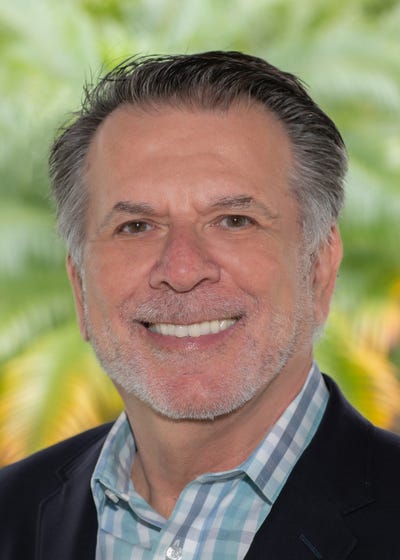Is the Party Over for the RPA M&A Market?Is the Party Over for the RPA M&A Market?
How the convergence of wealth and retirement at the workplace could affect the market.

Mergers and acquisitions are driven by a robust number of willing buyers and sellers driven by available capital. According to Dick Darian, who “retired” from Blackrock in early 2018 seeing the coming surge of retirement plan advisory deals and founding the Wise Rhino Group, there was a perfect storm that saw deals increase ten-fold from seven to 70 annually in a short period.
“Along with the emergence of big buyers like Hub and OneDigital and cheap money, there was pent up demand by older RPAs.” Darian also stated, “FOMO was also a factor as advisors saw colleagues getting rich.”
But many of the older and larger RPA firms have been sold and, according to Darian, “Those that did not want to sell initially probably won’t especially as many of the deals, which promised referrals and back-office efficiency, didn’t work out as well as was hoped.” And with borrowing no longer cheap, some aggregators have been told to stop buying.
There are far fewer RPAs than RIAs and benefits/P&C firms and it takes much longer to develop so the pool is shallow. And, as RPA aggregators grow, some RPAs do not want to be a cog in a much larger wheel.
But convergence and the inevitable force of the consolidation curve will likely change the dynamics of the RPA M&A market.
RPAs, starting with CAPTRUST over five years ago, are buying wealth firms who in turn are looking at retirement practices starting with Creative Planning’s acquisition of Lockton’s DC division and more recently Mesirow’s DC practice. Most RIA firms and aggregators like Carson have a decent 401(k) practice but mostly by accident and without focus. If they want to get serious, which many are considering for a number of reasons, they will need not just to acquire but get someone to lead the practice, which may bring some reluctant RPA firms not wanting to be a small fish in a big pond like Northwest Capital to market choosing Carson over RPA Aggregators.
Small market plans are exploding due to state mandates, tax credits and PEPs with many clients of wealth advisors asking for help. Well capitalized RIAs can play the long game developing relationships with HENRYs as well as mining for hidden wealth at the workplace which Morgan Stanley’s CEO James Gorman states will be the largest source of assets over the next decade.
Other than Creative Planning and Fisher, most RIAs struggle with branding and finding new prospects which is why referrals from Fidelity and Schwab are so coveted and why SmartAsset is valued at over $1 billion.
Record keepers emerged from Phase 2 of the consolidation curve five years ago, epitomized by many deals to achieve scale - in Phase 3, the focus is on on integration and profit resulting in larger deals like Principal buying Wells Fargo’s DC business and more recently Empower’s acquisition of the DC divisions of MassMutual and Prudential. The time may be ripe for aggregators to emerge from Phase 2 and, as deals get bigger, bigger buyers will get interested which could mean well-funded RIA Aggregators buying RPA Aggregators that struggle to develop a robust wealth practice. When larger RPA Aggregators buy smaller ones, it’s game on.
“When a vertical gets stale, it looks to ancillary firms,” notes Darian. “Two years ago, the deals were typical RPA firms. Today, we see more diversity like HSAs firms, defined benefit practices and TPAs. Look at AON’s acquisition of NFP.”
Passive investors like Kudu Advisors led by industry guru Charlie Ruffel and Emigrant Partners which recently hired Mark Bruno are emerging. Principals stay in place retaining their brand with little integration using capital to take out partners, buy rivals or expand.
So while the traditional RPA M&A market may slow down after many heady years, the convergence of wealth, retirement and benefits at the workplace could attract new buyers while RPAs that can actually cross-sell will continue to be able to get capital to buy wealth firms as they enter Phase 3 of the Consolidation curve.







